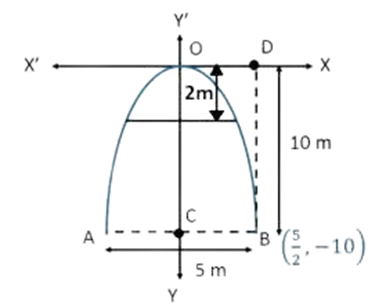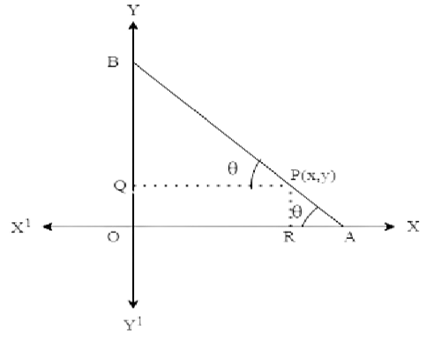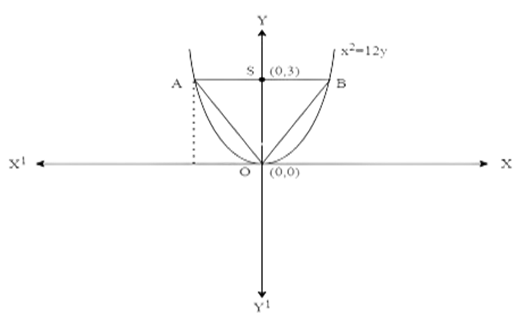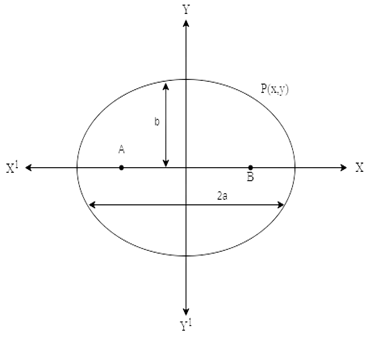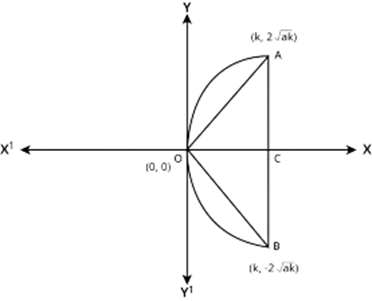Maths Miscellaneous Exercise Class 11 Chapter 10 Questions and Answers - Free PDF Download
FAQs on NCERT Solutions For Class 11 Maths Miscellaneous Exercise Chapter 10 Conic Sections - 2025-26
1. Is a circle just a special type of ellipse?
Yes, a circle is a special case of an ellipse where the eccentricity (e) is exactly 0. This occurs when the two foci of the ellipse merge into a single point at the center, making the major and minor axes equal in length.
2. Do all parabolas of the form y² = 4ax open to the right?
No, a parabola with the equation y² = 4ax opens to the right only if the coefficient 'a' is positive (a > 0). If 'a' is negative, as in y² = -12x, the parabola opens to the left. The sign of 'a' determines the direction.
3. Is the miscellaneous exercise in Conic Sections Class 11 optional for exams?
No, the miscellaneous exercise for Conic Sections is highly important for exams. It contains higher-order thinking skill (HOTS) questions that integrate multiple concepts from the chapter, which are often included in final exam papers to test in-depth understanding.
4. Are online solutions for the miscellaneous exercise aligned with the current NCERT book?
Yes, reliable solutions for the Class 11 Maths Chapter 10 miscellaneous exercise are updated to align perfectly with the latest NCERT syllabus for 2025-26. They cover every question from the prescribed textbook, ensuring accuracy and relevance for your exam preparation.
5. Can the directrix and focus of a parabola be at the same point?
No, the directrix and focus of a parabola can never intersect or coincide. By definition, a parabola is the set of all points that are equidistant from a fixed point (the focus) and a fixed line (the directrix), so they must be separate.
6. Do the Class 11 Maths Chapter 10 miscellaneous exercise solutions just give the final answer?
NCERT Solutions provide complete, step-by-step derivations for every problem in the miscellaneous exercise, not just the final answers. This detailed approach is designed to clarify the logic behind solving complex Conic Sections problems.
7. Is the eccentricity of a conic section just a random ratio?
No, the eccentricity (e) is a fundamental constant that strictly defines the shape of a conic section and is not a random value. It measures how much the conic deviates from being perfectly circular.
8. Can I get the Miscellaneous Exercise Class 11 Conic Sections solutions for free?
Yes, you can access and download the complete Free PDF for the Conic Sections miscellaneous solutions Class 11 without any cost. These resources are made available to ensure all students can get the help they need for this challenging exercise.
9. Does a hyperbola have only one focus and one directrix?
No, a hyperbola always has two foci and two corresponding directrices. This is a key difference from a parabola, which has only one of each.
A hyperbola consists of two separate, mirror-image branches. Each branch is associated with one focus, and the curve is defined based on the difference of the distances to *both* foci. For any point P on the hyperbola, the absolute difference |PF₁ - PF₂| is constant. Each focus (F₁ and F₂) has its own corresponding directrix.
Remember, a hyperbola is a dual-branched curve, so it requires two focal points.
10. Will using solutions for Class 11 Maths Chapter 10 prevent me from learning to solve problems myself?
No, using the Class 11 Maths Chapter 10 miscellaneous exercise solutions as a verification tool actually strengthens independent problem-solving skills. The goal is to attempt the problem first and then use the solutions to check your method or get unstuck.
11. Is the latus rectum the same as the major or minor axis?
No, the latus rectum is distinctly different from the major and minor axes of an ellipse or hyperbola. The latus rectum is a chord that passes through a focus and is perpendicular to the principal axis (the major axis for an ellipse).



























